The rice cooking contest, which falls on the eighth day of the first lunar month, aims to pay tribute to General Phan Tay Nhac, a general in the Hung Kings’ era with meritorious services to the national construction.
This custom, a unique way to pray for a prosperous, happy, and peaceful new year, has been followed in Thi Cam viilage for centuries.
In the reign of the 18th Hung King in 273 BC, General Phan Tay Nhac was ordered to fight the Shu invaders.
When his troops came to Huong Canh village, called Thi Cam village today, he ordered a cooking contest to select a few capable locals to work for the army.
After defeating the invaders, General Phan Tay Nhac returned to the village and taught the locals how to grow mulberry trees, breed silkworms, and weave silk.
After his death, he was worshiped as the village's tutelary god.
To express their gratitude to the general, the Thi Cam villagers began holding a rice cooking contest on the 8th day of the first lunar month each year.
The ancient Thi Cam village had four hamlets, and each of them sent a team to join the contest. Before the contest, the teams prepare items such as pestle, mortar, straw and pot. Each team was given 1kg of rice to cook.
The main parts of the contest include crushing rice, blowing fires, taking water and cooking rice. The contest has a very special "procedure" that when the rice pot runs out of water, the teams will hide the rice pot in piles of straw, that are still smouldering, in the communal house’s yard.
The judges will go to "find" the rice pots after a week of incense since the rice has run out of water. The better the team hides, the better the rice will be.
After the contest ends, the rice portions were offered to God and scored. The organisers will present the first prize to the team with the best rice cooker.
With unique values, the rice cooking contest in Thi Cam village has been recognised as a national intangible cultural heritage.
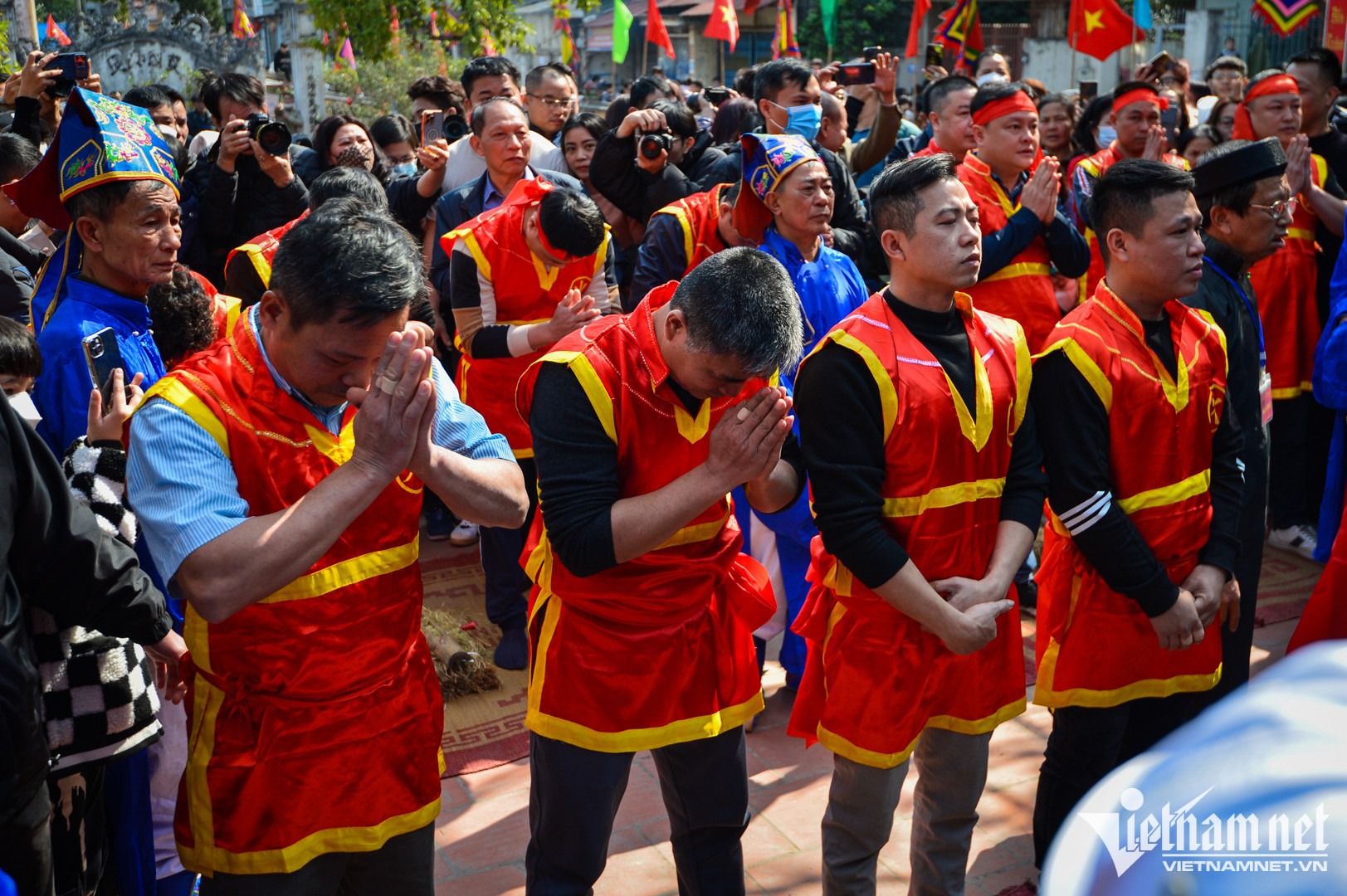
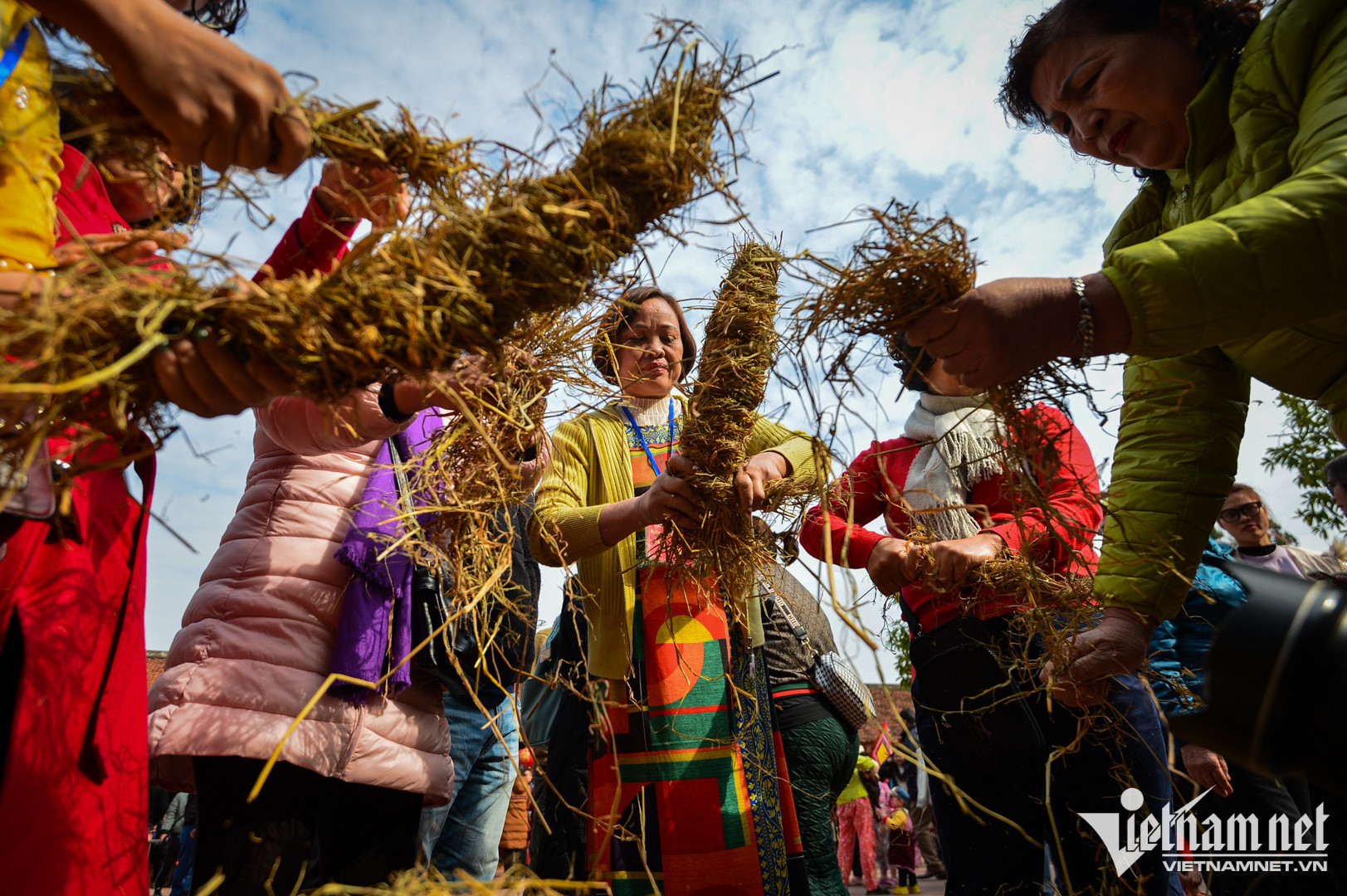
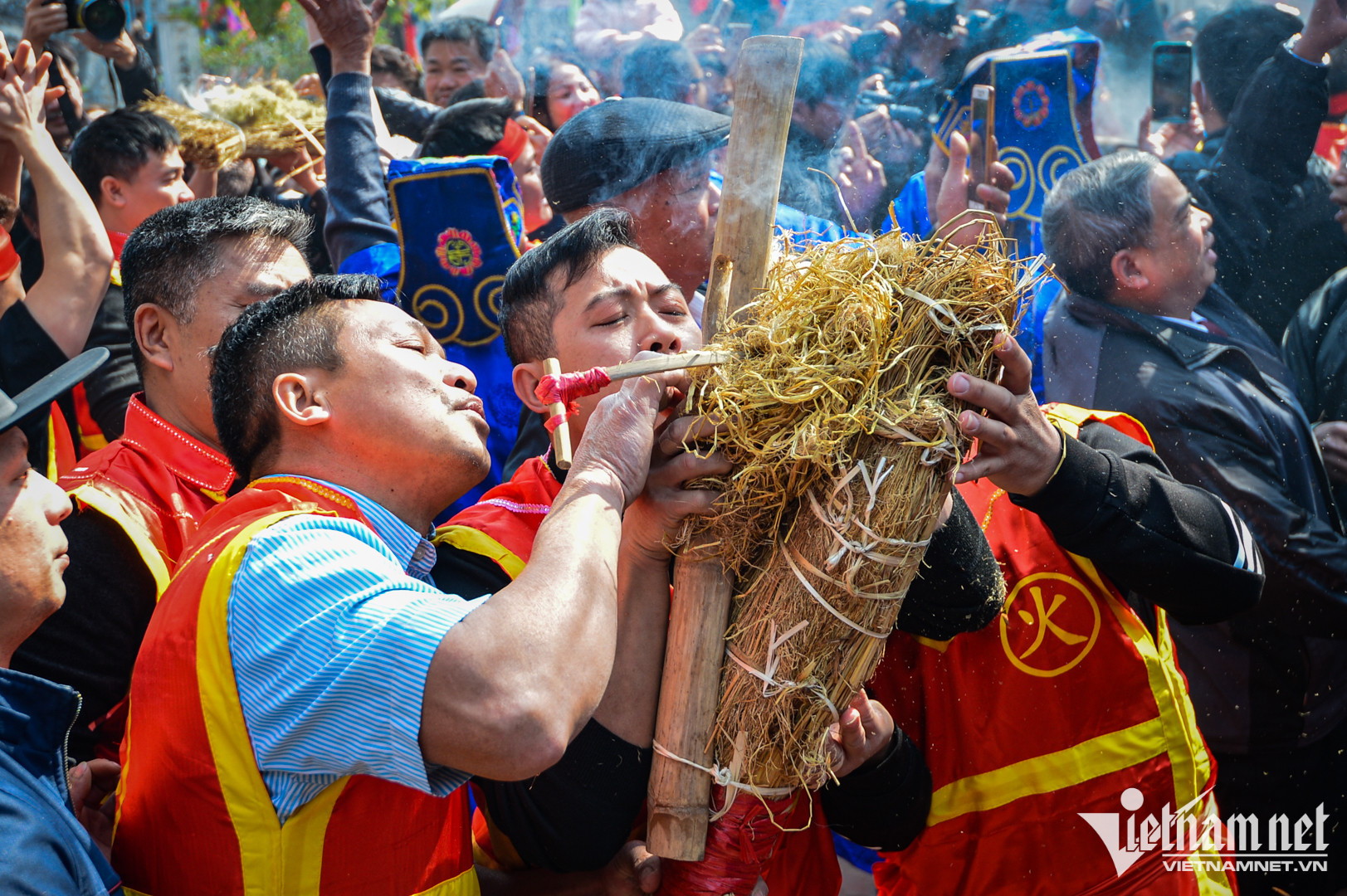
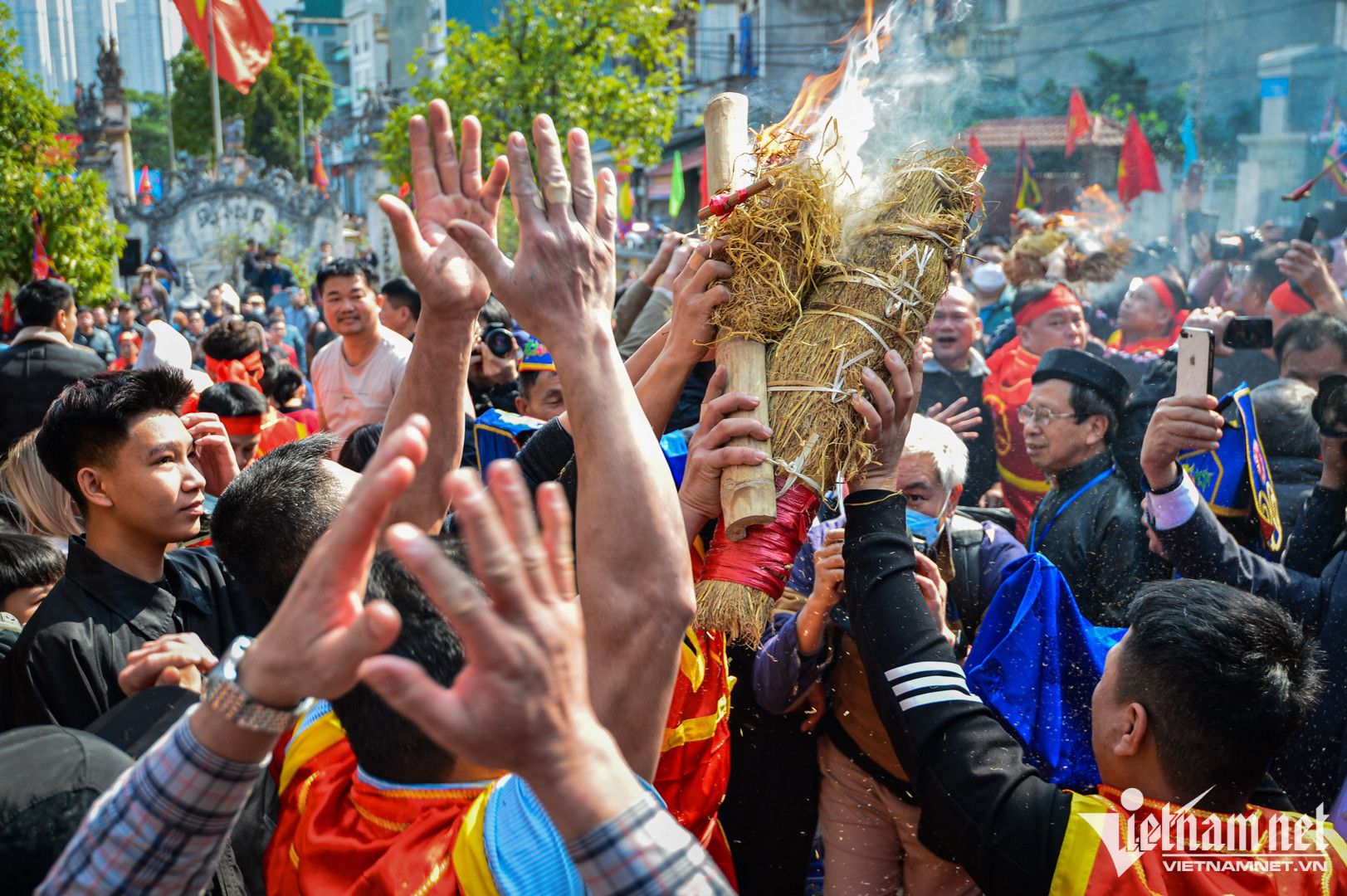
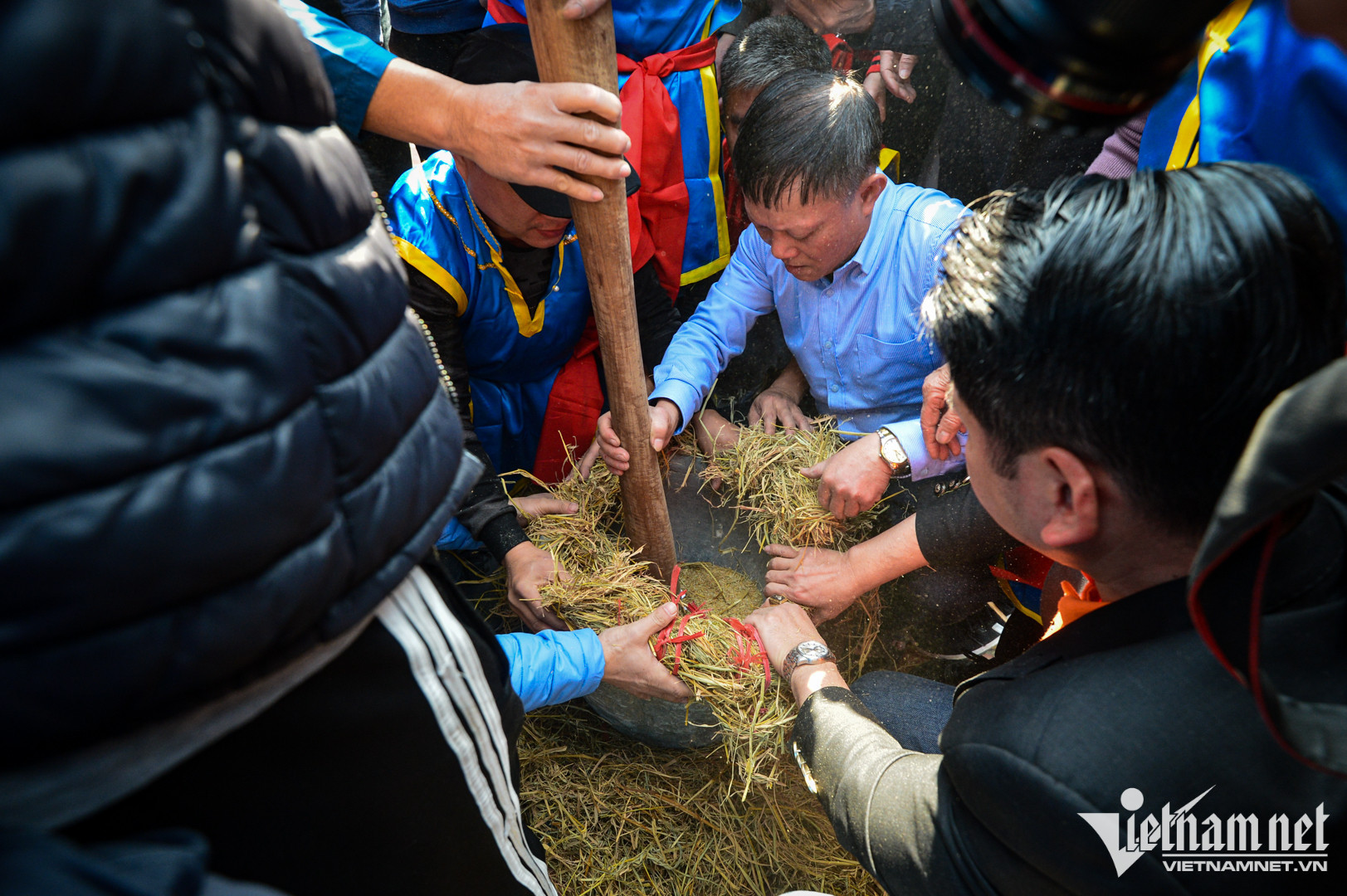
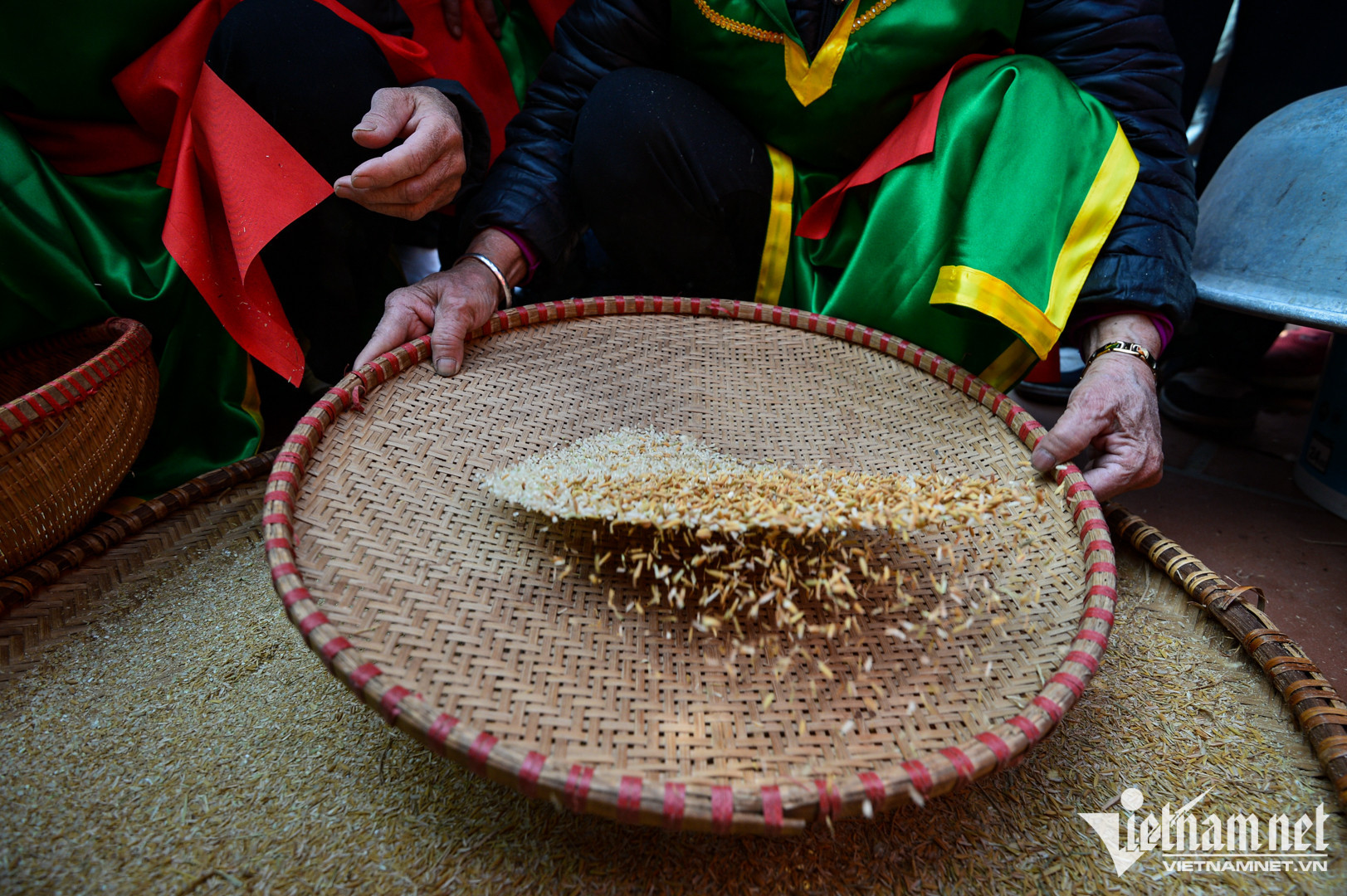
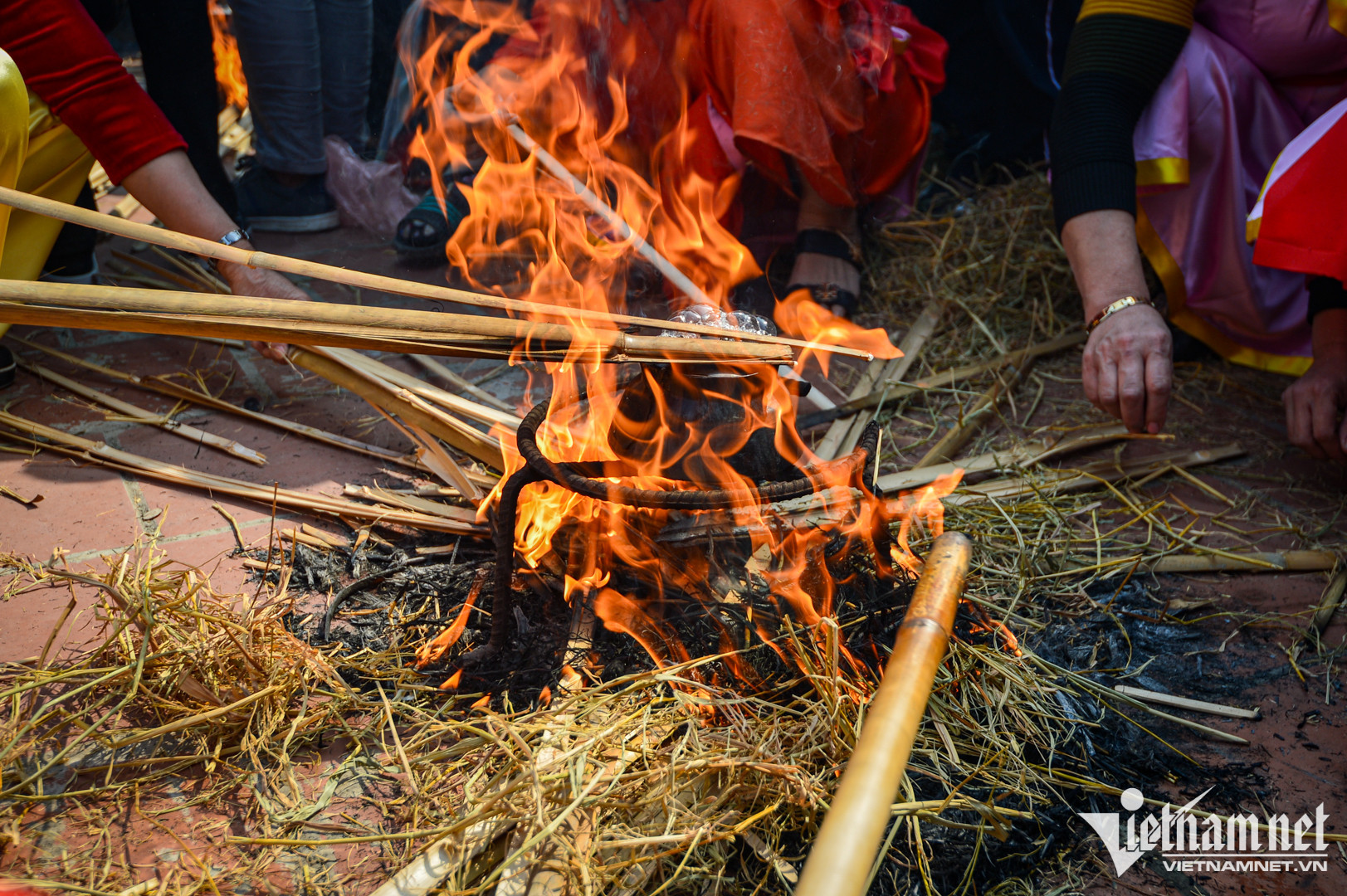
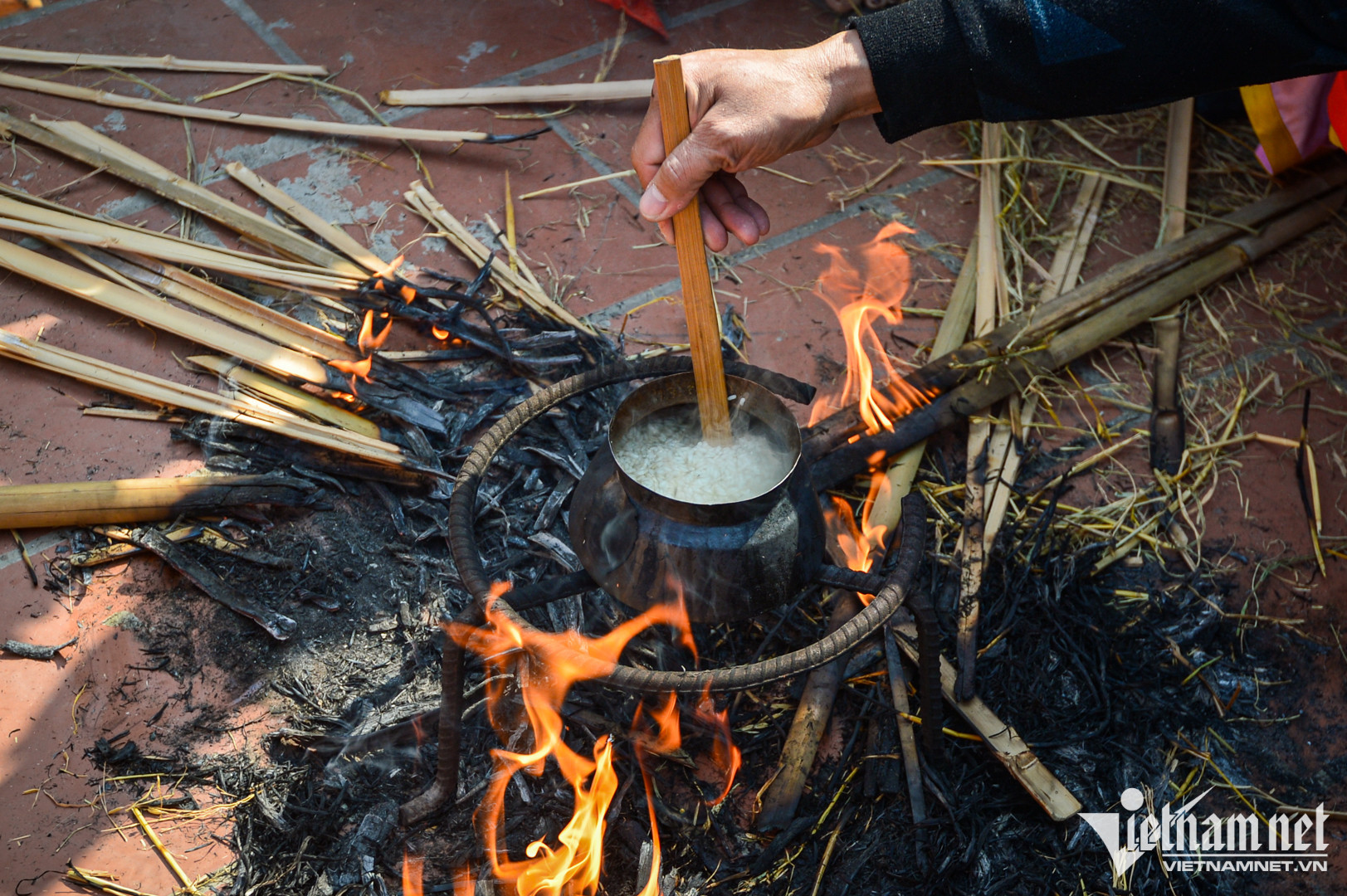
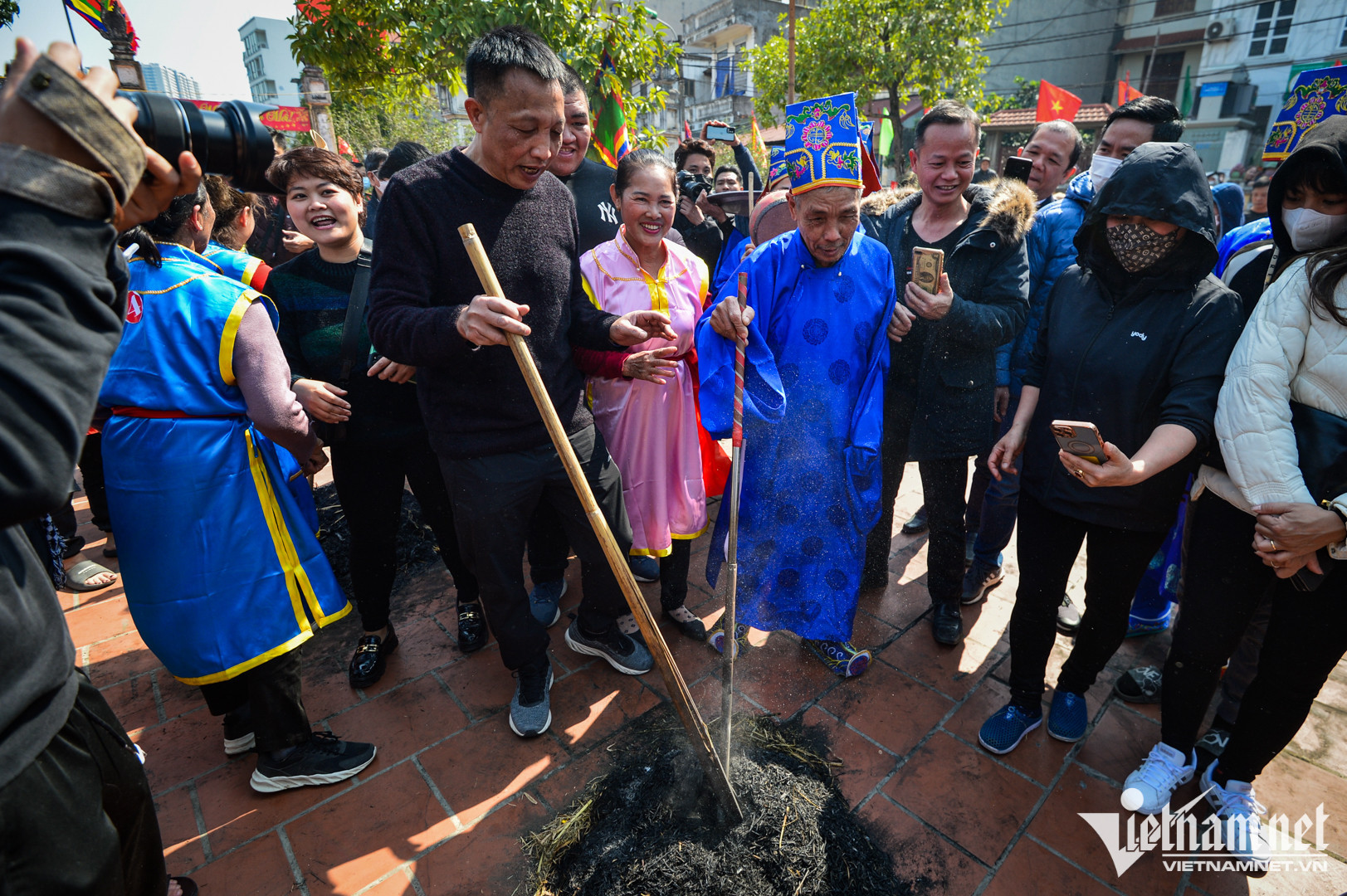
A jury member is searching for pots of rice within the ashes.
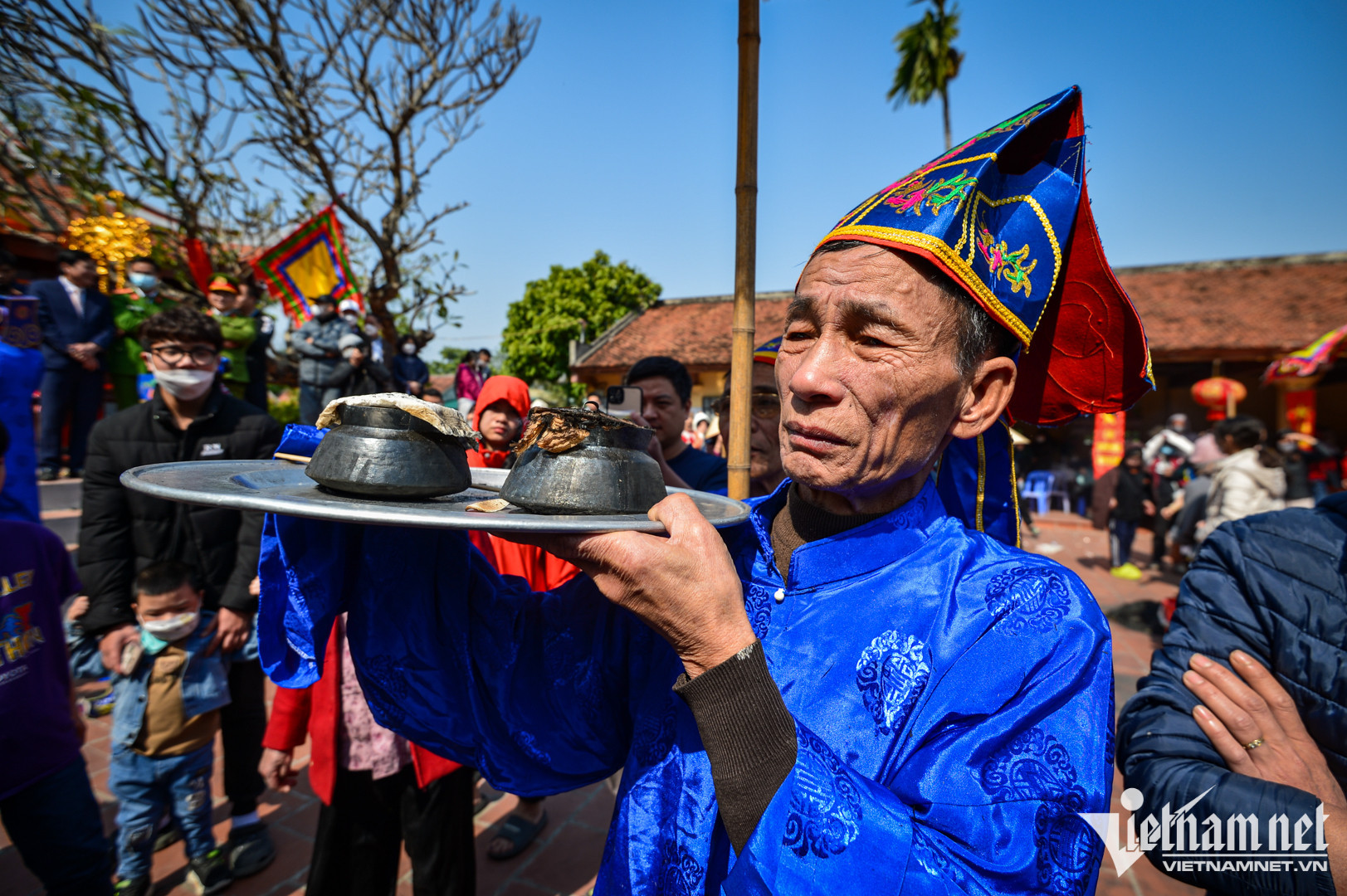
Once the winning team is announced, the rice is distributed among all the villagers.
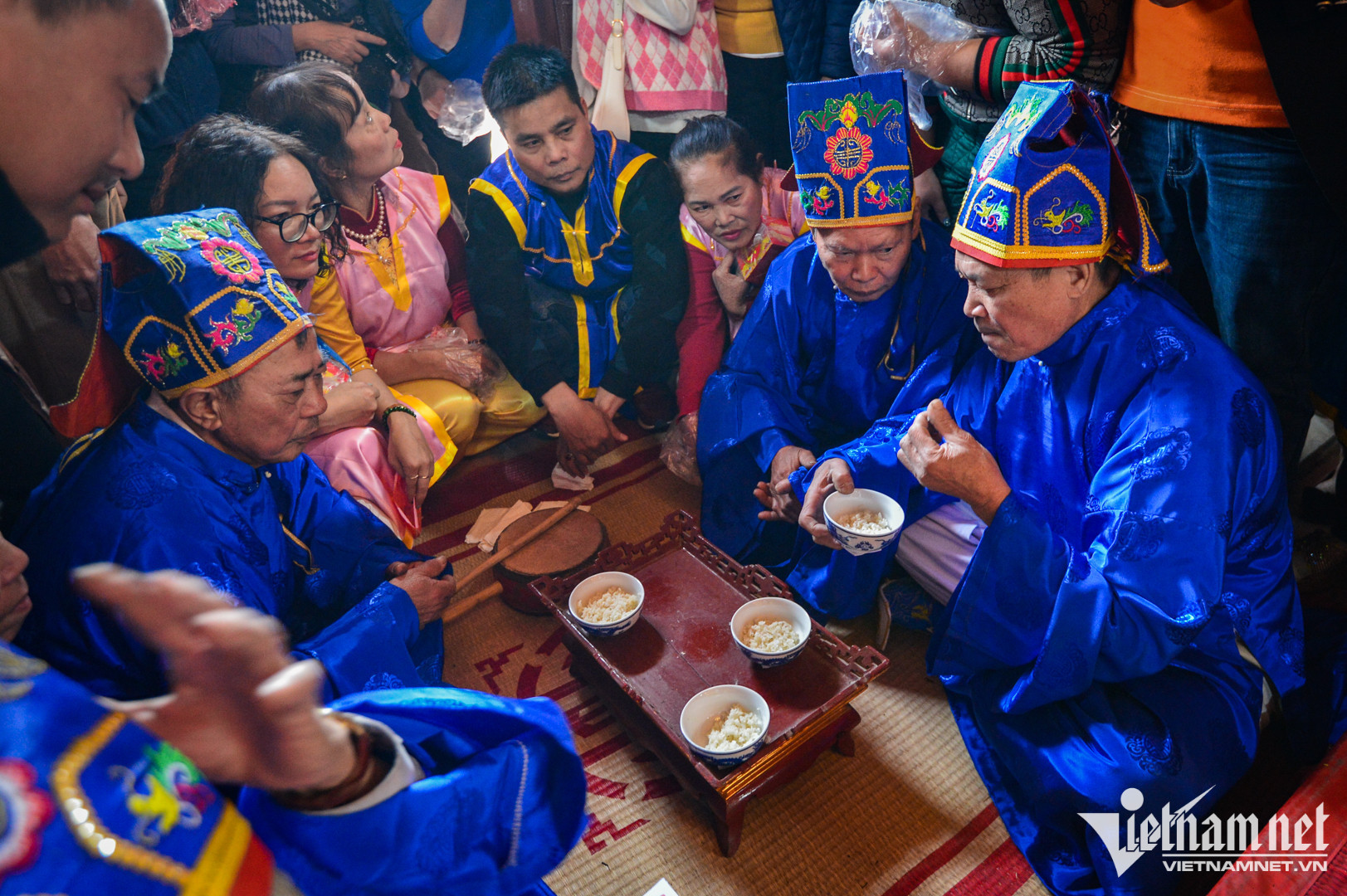
Nhat Sinh